

Tim Phillips
I love sharing my journey from being hopeless, to getting sober, to learning how to eventually be both sober and happy. to learning how to eventually be both sober and happy.
Last year, while on a New Year’s cruise for a friend’s wedding, I found myself face-to-face with someone who reminded me of my old self. Obliterated for four straight days, this guy epitomized the “annoying drunk”—hugging strangers, slurring his way through conversations, and ultimately planning a big rebound drinking binge after committing to Dry January. His story got me thinking about this popular challenge and what it really means for people re-evaluating their relationship with alcohol.
January often brings resolutions and fresh starts, and for many, that includes participating in Dry January. This challenge offers a chance to go alcohol-free for 31 days and explore what life looks like without drinking. But is it just a temporary fix, or can it be a meaningful step toward lasting change?
In this blog, we’ll explore the benefits and pitfalls of Dry January and how you can make it work for you—whether as a reset, a step toward sobriety, or simply an opportunity to reflect on your habits.
For many, Dry January serves as a reset button after holiday indulgence. It’s an opportunity to:
Take my friend Sarah, for example. She wasn’t a heavy drinker, but nightly wine had become her go-to relaxation tool, and she was getting concerned about it becoming a habit. During Dry January, she rediscovered meditation, significantly improving her stress levels and overall well-being.
However, Dry January can have downsides if not approached thoughtfully. Some people treat it like a diet cleanse—cutting out alcohol temporarily only to binge once the challenge ends. Others use it to “prove” they don’t have a problem, missing an opportunity for self-reflection.
One of the biggest risks is falling into what I call the “yo-yo effect.” You might feel great during January but return to old habits—or even heavier drinking—in February, reinforcing reliance on alcohol rather than breaking free from it.
While Dry January can be a solo effort, it doesn’t have to be. Joining a supportive community can provide motivation, accountability, and fresh ideas. If you’re looking for a welcoming group, check out our Sober and Happy Facebook community.
Dry January isn’t inherently good or bad—it’s a tool. Whether it becomes a quick fix or a stepping stone toward lasting change depends on how you approach it. You can turn this month-long challenge into a meaningful transformation by reflecting on your habits, engaging in new activities, and building a support network.
If this topic resonates with you, I dive even deeper into the pros, cons, and strategies for making Dry January a success in the latest episode of The Sober and Happy Podcast. Tune in to hear the full story, including more tips and personal reflections.

I love sharing my journey from being hopeless, to getting sober, to learning how to eventually be both sober and happy. to learning how to eventually be both sober and happy.




Join our mailing list to receive the latest news and updates from our team.

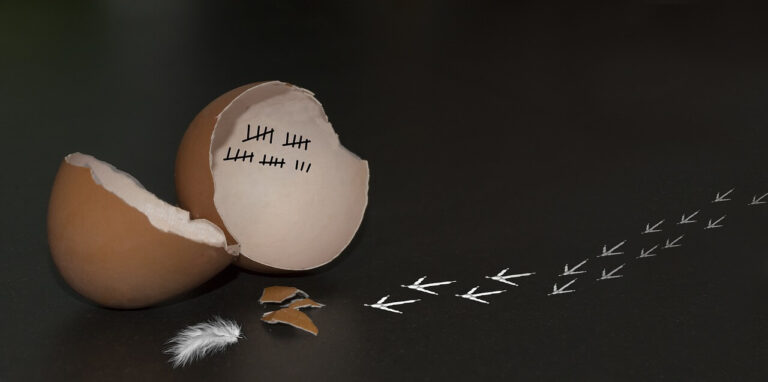

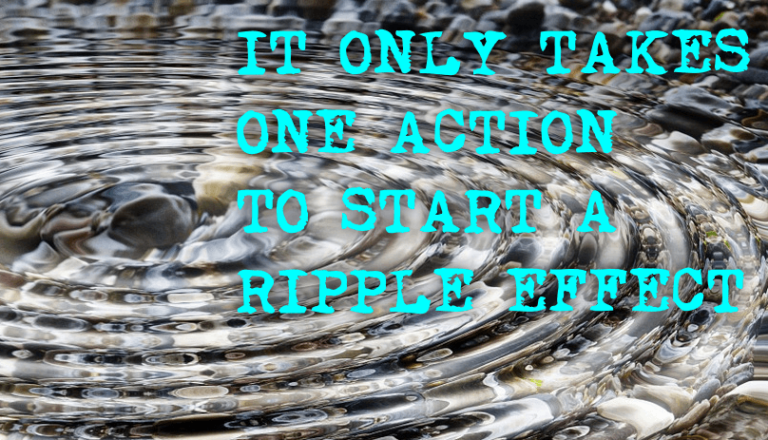
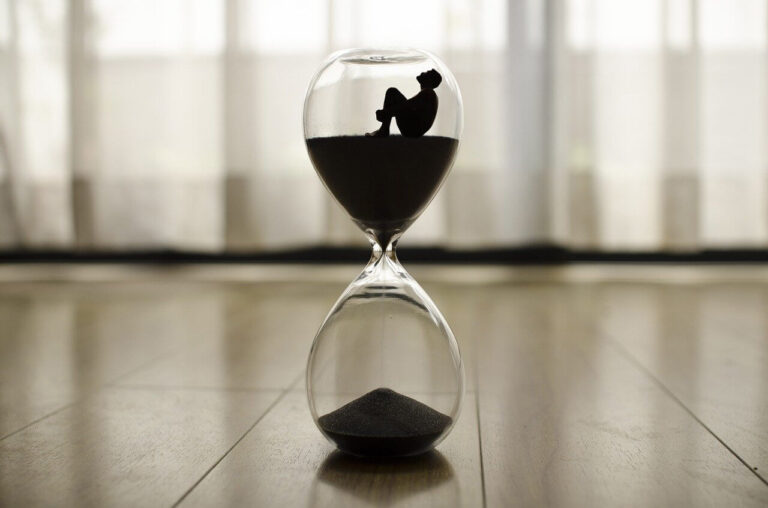
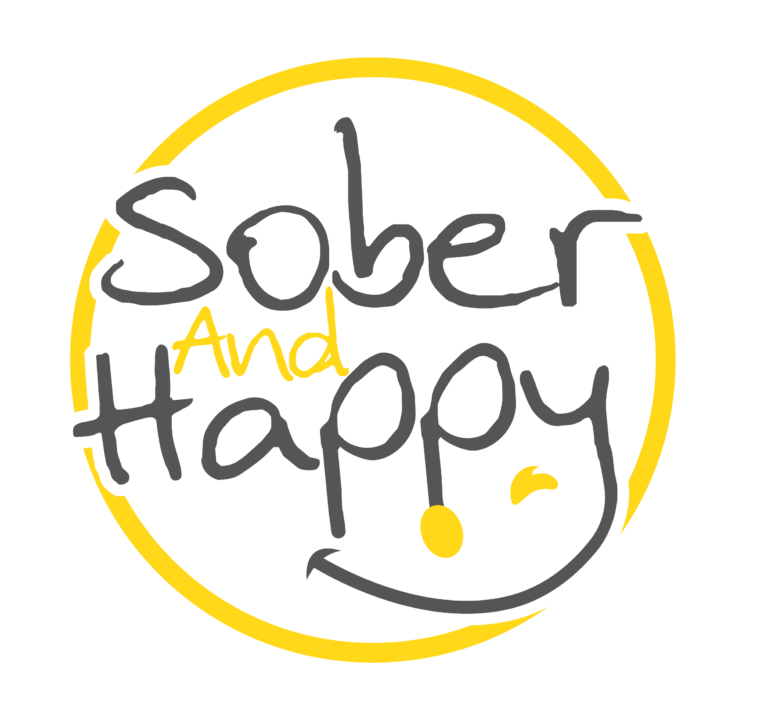
Copyright © 2023 by Sober and Happy. All rights reserved.
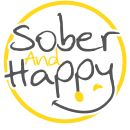
Join our mailing list to receive the latest news and updates from our team.